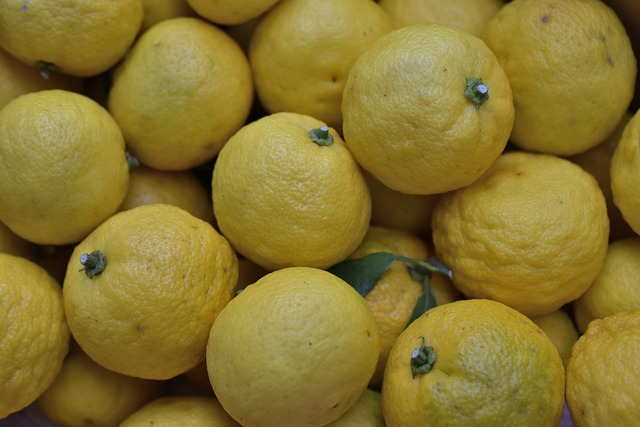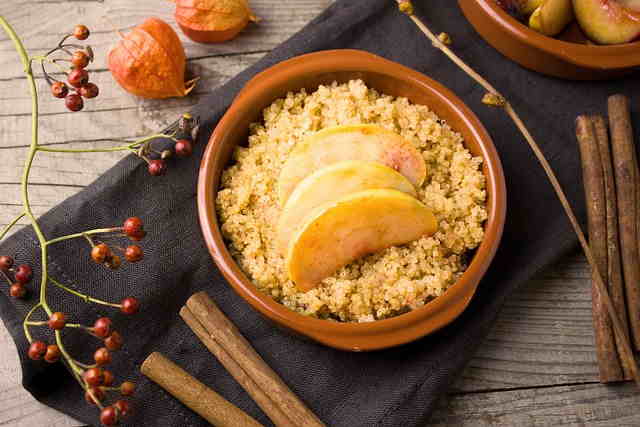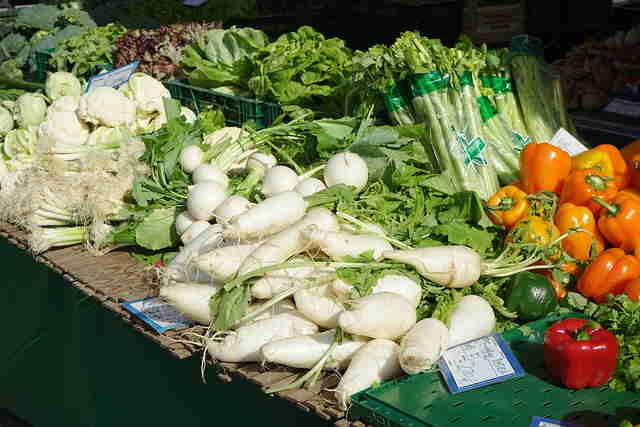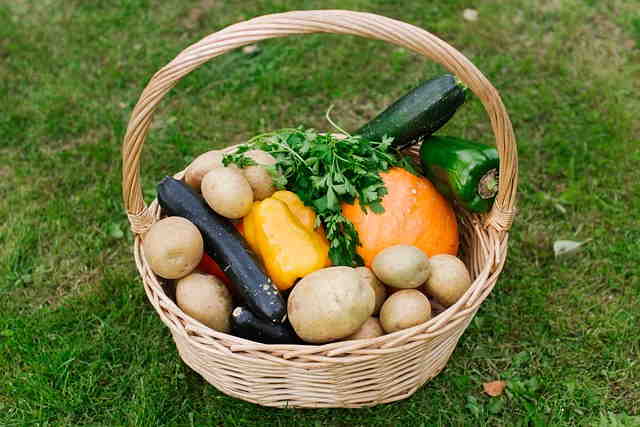
Have you ever stumbled upon a curious-looking, bright yellow fruit in an Asian market and wondered, “What does yuzu taste like?” You’re not alone. This intriguing citrus fruit has been captivating taste buds for centuries, particularly in Japanese, Korean, and Chinese cuisines. In this article, we’ll embark on a flavorful journey to explore the taste of yuzu, its uses, and why it’s gaining popularity around the globe.
What is Yuzu?
Before we dive into the taste, let’s get to know yuzu a bit better. Yuzu (Citrus junos) is a citrus fruit that hails from East Asia. It looks like a small, bumpy lemon and can range in color from green to bright yellow, depending on its ripeness. Despite its diminutive size, yuzu packs a punch when it comes to flavor and aroma.
What Does Yuzu Taste Like? The Flavor Profile of Yuzu
So, what does yuzu taste like? Imagine if a lemon, a mandarin orange, and a grapefruit had a love child – that’s yuzu in a nutshell. Its flavor is tart, tangy, and slightly sweet, with a hint of floral undertones that set it apart from other citrus fruits.
Citrusy Explosion
Yuzu’s taste is an explosion of citrusy goodness. The initial hit is quite tart, akin to a lemon, but it quickly mellows out into a complex blend of sweetness and bitterness. This makes it an excellent ingredient for adding a zing to various dishes without overwhelming them with acidity.
Aromatic and Floral
One of the most distinctive characteristics of yuzu is its intense aroma. When you cut into a yuzu, the room fills with a fragrance that’s both citrusy and floral. It’s like someone bottled the scent of a sunny, blooming orchard and released it into the air. This aromatic quality also translates into its taste, giving yuzu a unique, almost perfumed flavor.
Slightly Bitter Edge
Unlike its citrus cousins, yuzu has a slightly bitter edge, reminiscent of grapefruit. This bitterness is subtle and adds a layer of complexity to its flavor profile, making yuzu a versatile ingredient in both sweet and savory dishes.
Related: What does lychee fruit taste like?
Using Yuzu in Cooking
Yuzu’s unique taste makes it a prized ingredient in many culinary traditions. Here are some popular ways yuzu is used in cooking:
Yuzu in Japanese Cuisine
In Japan, yuzu is a staple. You’ll find it in a variety of dishes, from savory to sweet.
- Yuzu Kosho: This is a spicy Japanese condiment made from yuzu zest, chili peppers, and salt. It adds a citrusy kick to grilled meats, sashimi, and soups.
- Ponzu Sauce: A tangy sauce made from yuzu juice, soy sauce, and mirin. It’s perfect for dipping sushi or drizzling over salads.
- Yuzu Cha: A warm, comforting tea made by mixing yuzu marmalade with hot water. It’s especially popular during the winter months.
Yuzu in Korean Cuisine
Korean cuisine also makes good use of yuzu, known locally as yuja.
- Yuja-cha: Similar to the Japanese yuzu tea, this Korean version is a popular winter beverage that combines yuja marmalade with hot water.
- Yuja Salad Dressings: The bright, tangy flavor of yuzu makes it an excellent base for light and refreshing salad dressings.
Yuzu in Desserts
Yuzu’s tartness and aroma make it a fantastic addition to desserts.
- Yuzu Sorbet: A refreshing treat that’s perfect for hot summer days.
- Yuzu Cheesecake: The tartness of yuzu balances the richness of cheesecake beautifully.
- Yuzu Macarons: These delicate French treats get a zesty twist with yuzu-flavored filling.
Nutritional Benefits of Yuzu
Not only is yuzu delicious, but it’s also packed with nutrients. Here’s a quick look at the health benefits of this citrus fruit:
| Nutrient | Benefits |
|---|---|
| Vitamin C | Boosts the immune system, promotes healthy skin, and acts as an antioxidant. |
| Fiber | Aids in digestion and helps maintain a healthy gut. |
| Antioxidants | Protects the body against free radicals and reduces inflammation. |
Growing and Harvesting Yuzu
Yuzu is primarily grown in Japan, Korea, and China, but it’s starting to make its way into other parts of the world. Growing yuzu requires a bit of patience, as the trees take a few years to bear fruit. However, once they start producing, you’ll be rewarded with an abundance of these aromatic citrus gems.
Climate and Soil
Yuzu trees thrive in temperate climates with mild winters and hot summers. They prefer well-drained soil and plenty of sunlight. If you live in a cooler climate, you can still grow yuzu in a greenhouse or as a potted plant that you bring indoors during the winter.
Harvesting Yuzu
Yuzu is typically harvested in late autumn and early winter. The fruit is ready to pick when it’s bright yellow and slightly soft to the touch. Be careful when handling yuzu, as its skin is quite delicate and prone to bruising.
Cooking with Yuzu: Recipes to Try
Ready to bring the unique taste of yuzu into your kitchen? Here are a few recipes to get you started:
Yuzu Vinaigrette
This light and tangy vinaigrette is perfect for salads or drizzling over grilled vegetables.
Ingredients:
- 2 tablespoons yuzu juice
- 1 tablespoon rice vinegar
- 1 teaspoon honey
- 1/4 cup olive oil
- Salt and pepper to taste
Instructions:
- In a small bowl, whisk together yuzu juice, rice vinegar, and honey.
- Slowly drizzle in the olive oil, whisking continuously until the dressing is well combined.
- Season with salt and pepper to taste.
- Serve over your favorite salad or grilled veggies.
Yuzu Sorbet
Cool down with this refreshing yuzu sorbet that’s bursting with citrus flavor.
Ingredients:
- 1 cup yuzu juice
- 1 cup water
- 1 cup sugar
Instructions:
- In a saucepan, combine water and sugar. Heat over medium heat, stirring until the sugar dissolves.
- Remove from heat and let the syrup cool to room temperature.
- Stir in yuzu juice.
- Pour the mixture into an ice cream maker and churn according to the manufacturer’s instructions.
- Transfer the sorbet to a container and freeze until firm, about 2-3 hours.
- Scoop and enjoy!
Yuzu Chicken Marinade
This zesty marinade will infuse your chicken with the bright flavors of yuzu.
Ingredients:
- 1/4 cup yuzu juice
- 1/4 cup soy sauce
- 2 tablespoons honey
- 1 garlic clove, minced
- 1 teaspoon grated ginger
- 2 tablespoons sesame oil
Instructions:
- In a bowl, whisk together yuzu juice, soy sauce, honey, garlic, ginger, and sesame oil.
- Place chicken breasts in a resealable plastic bag and pour the marinade over them.
- Seal the bag and refrigerate for at least 2 hours, or overnight for best results.
- Preheat your grill or skillet over medium-high heat.
- Remove chicken from the marinade and grill or cook until fully cooked, about 6-7 minutes per side.
- Serve and enjoy the citrusy, savory goodness!
Yuzu: More Than Just a Pretty Face
Yuzu isn’t just a pretty face in the world of citrus fruits. Its complex flavor profile, aromatic qualities, and versatility in the kitchen make it a standout ingredient that’s worth exploring. Whether you’re using it in savory dishes, sweet treats, or refreshing beverages, yuzu brings a unique taste that’s sure to elevate your culinary creations.
Conclusion
So, what does yuzu taste like? It’s a delightful fusion of tart, sweet, and slightly bitter flavors with an intoxicating floral aroma. This unique citrus fruit is not only delicious but also packed with health benefits, making it a fantastic addition to your diet. Whether you’re new to yuzu or a seasoned fan, experimenting with this versatile fruit can bring a fresh, exciting twist to your cooking.
Next time you spot a yuzu at your local market, don’t hesitate to pick one up. Slice it open, inhale its fragrant scent, and take a bite – you might just find yourself falling in love with this extraordinary fruit. And remember, when someone asks you, “What does yuzu taste like?” you can confidently say it’s a little citrusy, a little floral, and absolutely delicious.





